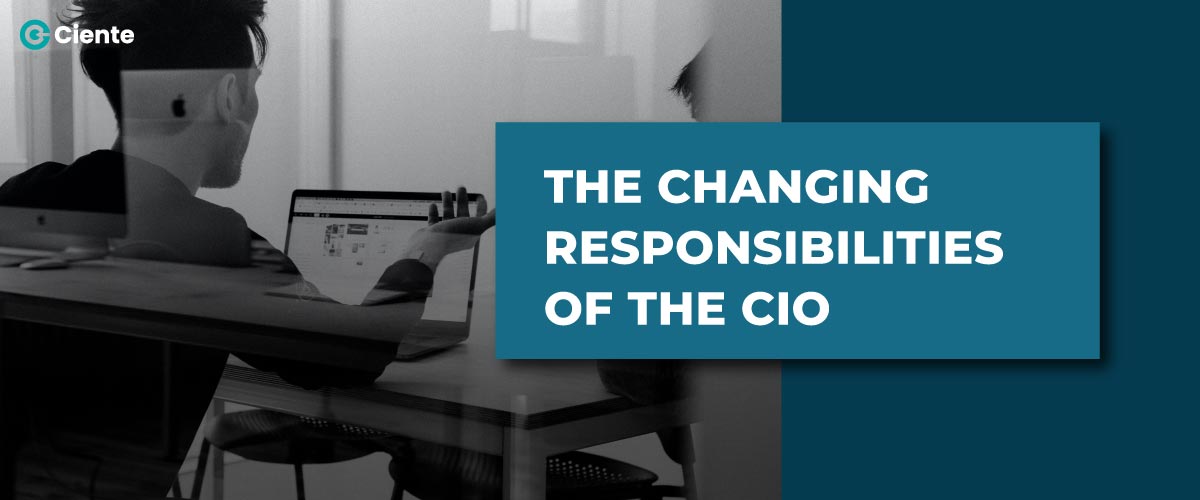
Disconnect Amidst Digitization
Humans have come a long way in technological advancement. But

Humans have come a long way in technological advancement. But

B2B buyers have changed, and a static pitch deck won’t

Innovation thrives on openness and accessibility, and security requires caution

The manufacturing industry, traditionally known for running on outdated formats,

A tighter economy means the enterprise needs to realize benefits

If you’re investing more time in technology than it’s freeing